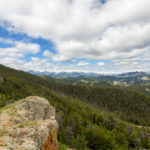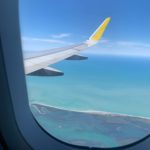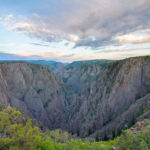Wander through the dramatic eroded canyons of Cathedral Gorge State Park. This state park encompasses a long, narrow valley made of soft bentonite clay. Over time, mother nature has sculpted unique and stunning formations out of the landscape.
Many come here to explore the “cathedral-like” spires and “cave-like” formations throughout the 1,800 acres of protected desert. Mountains loom in the background, wildflowers and grasses cling to the ever-shifting soil, and various types of wildlife roam the park. Trails weave through the landscape, allowing visitors to immerse themselves into this desert wonderland.
This state park is a can’t-miss for anyone exploring the American Southwest. In this guide, I share everything you need to know to make the most of your trip, including travel tips, what to do, and more.
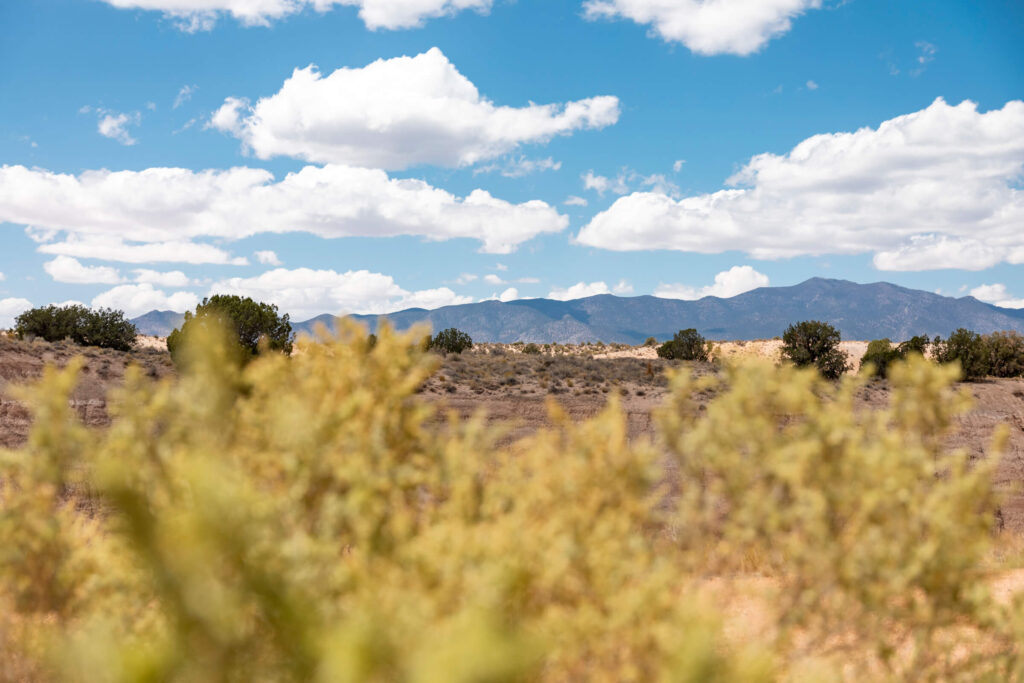
What You Need to Know Before Visiting
Location:
Panaca, NV 89042
Phone:
(775) 728-8101
Website:
http://parks.nv.gov/parks/cathedral-gorge
Park Hours:
All-day, every day
Entrance Fee:
$5/NV vehicle, $10/non-NV vehicle, $2/ bike
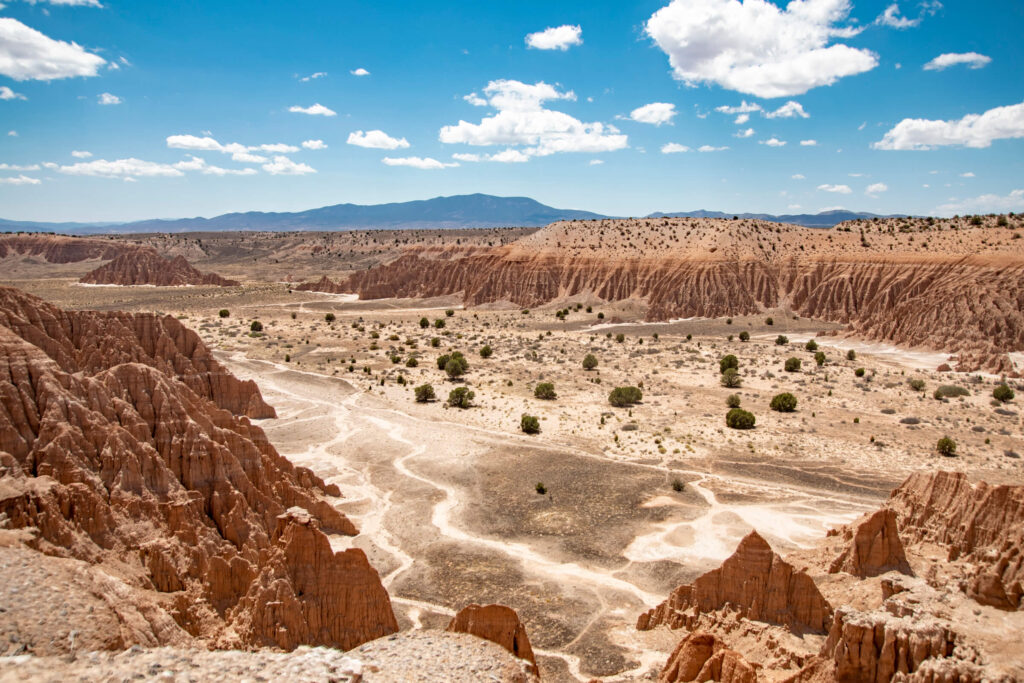
When to Visit
Summers are hot and arid, while winters are cold. I visited during the summer when average temperatures during the day were around 90 degrees and dropped to around 60 degrees at night. There are very few opportunities for shade, but if you can tolerate heat well, you can still enjoy this park during the hotter months. Visit during the spring or fall for a more mild climate.

Entering and Traveling Through
This park is in southeastern Nevada, along route 93. It’s about 2.5 hours northeast of Las Vegas. Panaca, the nearest town, is about 2 miles north. You can access two of the trails from Miller Point Road, and the rest of the park can be accessed from Cathedral Gorge State Park Road.

What to Do
Hiking: There are five different stunning trails in this state park. There’s Buillonville Cemetary Trail (0.2 mi), Miller Point Trail (1 mi), Juniper Draw Trail (3 mi), Eagle Point Trail (0.8 mi), and Nature Loop Trail (0.5 mi). You can view the trail map here. It’s possible to hike all of the trails in a single day if you’re ambitious, or you could space it out and make it a weekend trip.
Programs: Program information can be obtained at kiosks or from park staff.
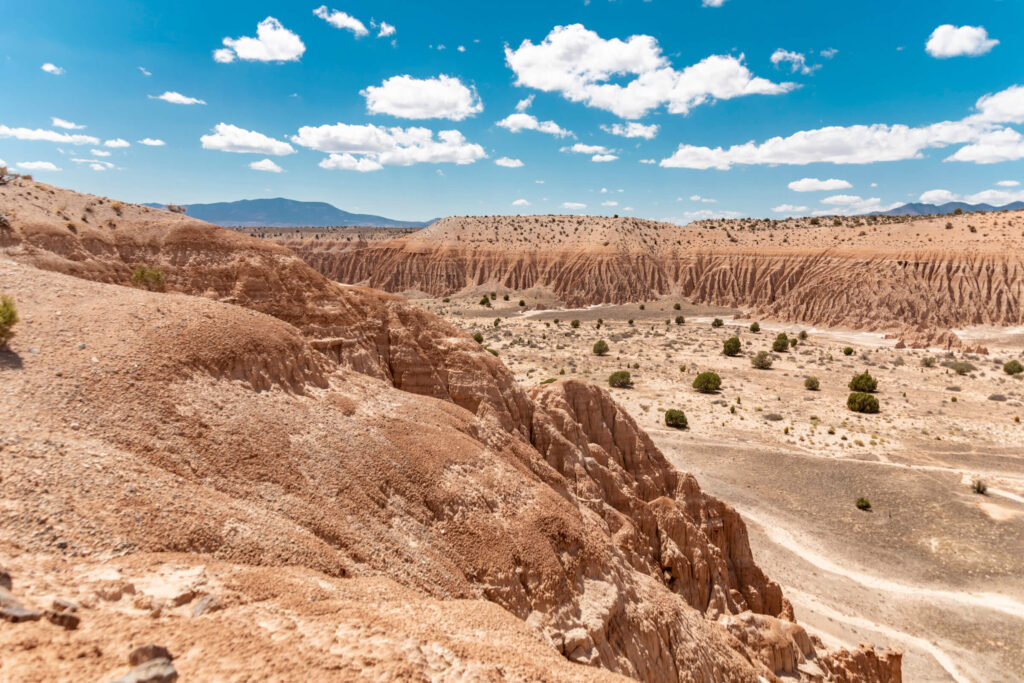
Where to Stay
The campground has 22 sites, each with a table, grill, and shade ramada. Electric hookups are also available. Sites cannot be reserved. Water and flush restrooms with showers are open year-round.

FAQ
Q: Are pets allowed?
A: Pets are welcome, but must be kept on a leash no longer than 6 feet.
Flora and Fauna
This state park is home to small mammals like jack-rabbits, coyotes, skunks, and more. There are also many species of lizards, snakes, and birds.

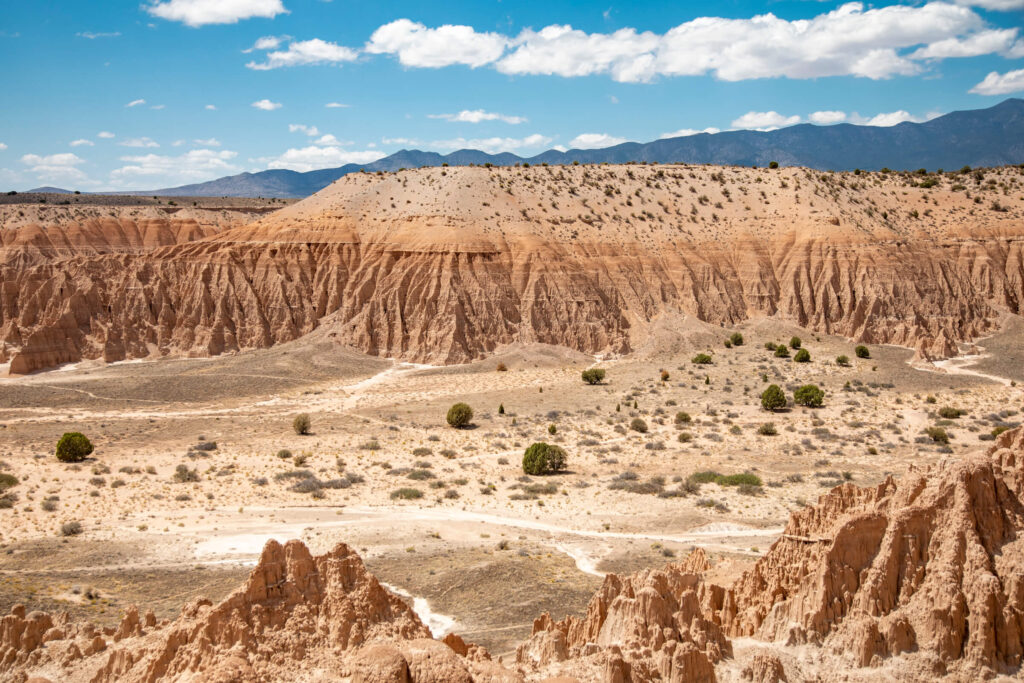
History of Cathedral Gorge
This land was once home to native tribes including the Fremont, Anasazi and Southern Paiutes. In 1924, the area was set aside for preservation and later became one of Nevada’s first four states parks in 1935.
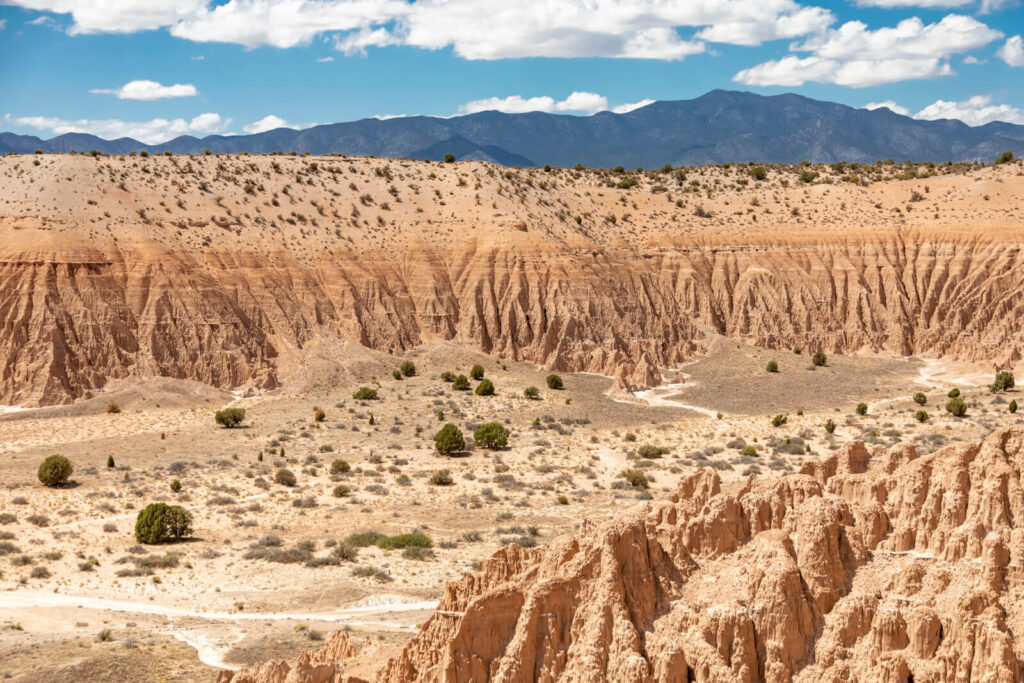
Ammenities
Picnicking/Day-Use: The picnic/day-use area consists of large shade ramadas with picnic tables.
Regional Visitor Center: The visitor center is open from 9 a.m. to 4:30 p.m. daily. It’s closed on holidays during the winter.
Camping: Camping is available within the park.
Group Area: Group accommodations can be reserved.
Safety
Fire: Always check fire conditions and updates when visiting an area.
Wildlife: Always view all wildlife from a distance. All animals are wild and unpredictable.
Heat/Dehydration: Always bring more than enough water with you whenever you’re out exploring. Listen to your body and be mindful of the symptoms of heatstroke.
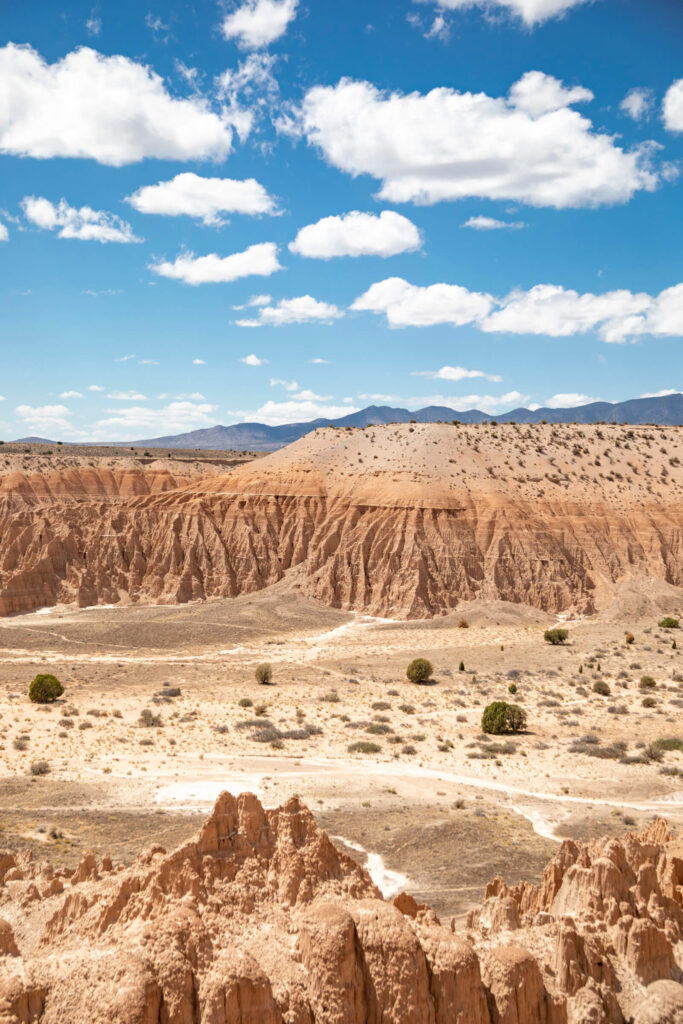
Leave No Trace
Please be respectful of nature and follow the Leave No Trace Principles. It is important to always stay on trails to avoid destroying fragile ecosystems. Take nothing but pictures, leave nothing but footprints.



